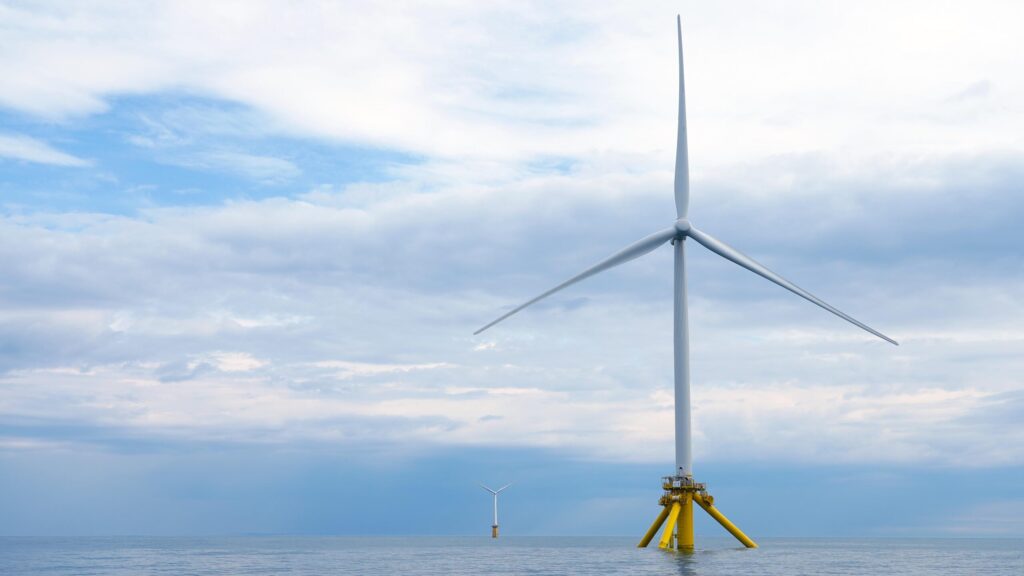No bird collisions have been reported with the TetraSpar floating offshore wind turbine at the Marine Energy Test Centre (METCentre) in Norway after more than two years of monitoring.
Since January 2022, Norwegian company Spoor has been monitoring bird activity at the METCentre, situated about ten kilometres off the coast of Karmøy.
This extensive bird mapping is the first of its kind in Norway, providing data on species that pass by and their movement patterns.
Cameras have recorded over 21,000 bird passages, with analyses conducted alongside the Biodiversity Department at Multiconsult.
In October 2023, adjustments were made to enhance collision detection, yet no collisions have been noted, according to Norwegian Offshore Wind.
“These results are very positive. Understanding bird movement is crucial for the offshore wind industry in Norway. The knowledge gained will be valuable for understanding the coexistence between birds and wind turbines,” stated Arvid Nesse, head of METCentre and Norwegian Offshore Wind.
“Future developments will focus on improving resolution, better species identification, and tracking flight behavior changes.”
Spoor released a report stating that bird collisions with offshore wind turbines are rare.
“Data from METCentre, under the mandate of the Norwegian Water Resources and Energy Directorate (NVE), offers insights into bird interactions with floating offshore wind turbines. METCentre is ideal for developing and verifying AI solutions in real-world conditions,” said Spoor’s CEO, Ask Helseth.
METCentre received a permit to install seven different floating technologies for renewable energy. The centre is engaged in various research projects on nature, the environment, marine life, and bird studies.
Recently, METCentre signed contracts with three companies to test technology that aims to reduce the costs of floating offshore wind by demonstrating floaters equipped with 15+ MW turbines.

ADVERTISE ON OFFSHOREWIND.BIZ
Get in front of your target audience in one move! OffshoreWIND.biz is read by thousands of offshore wind professionals daily.
Follow offshoreWIND.biz on:
Original Story at www.offshorewind.biz
